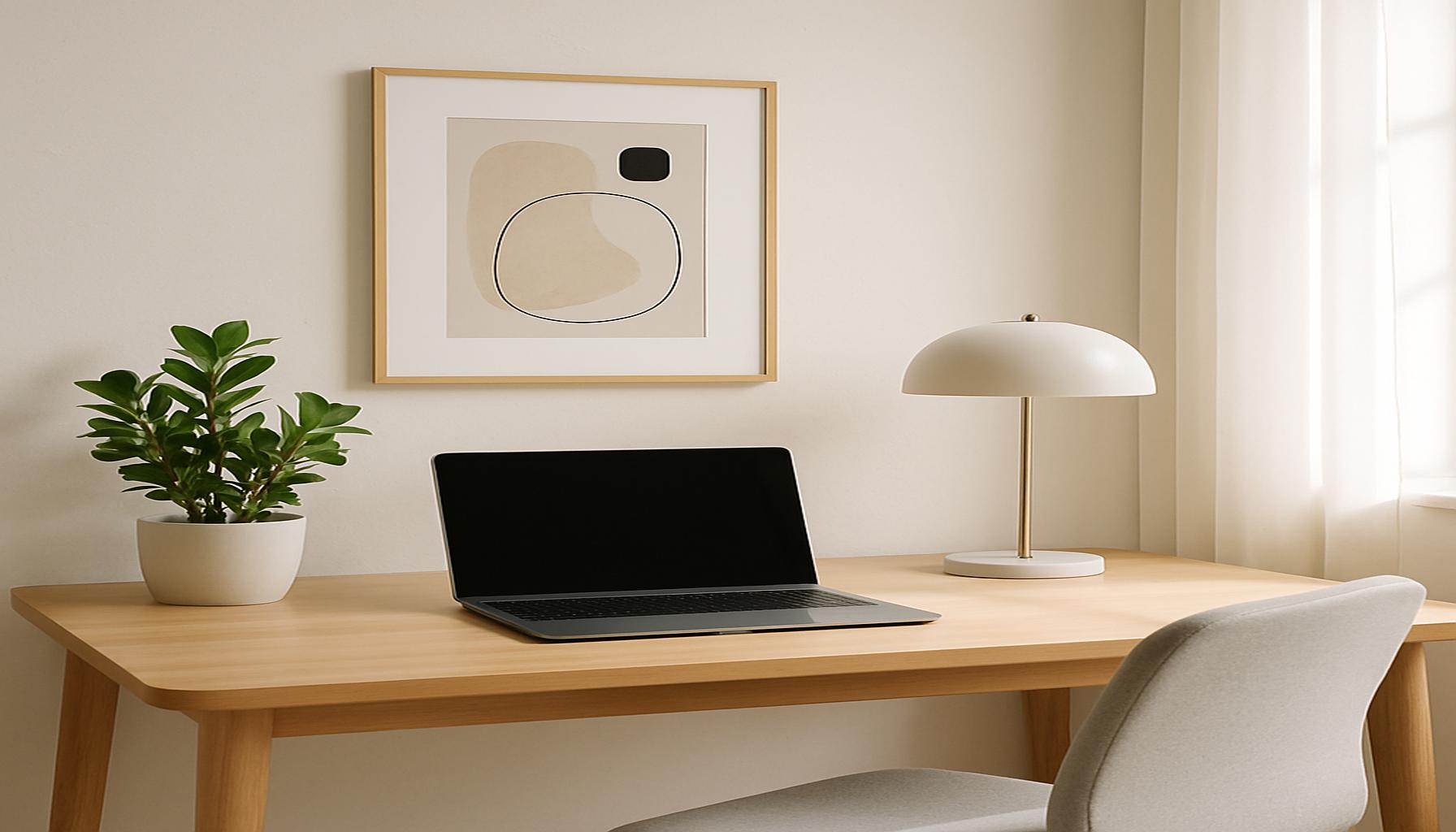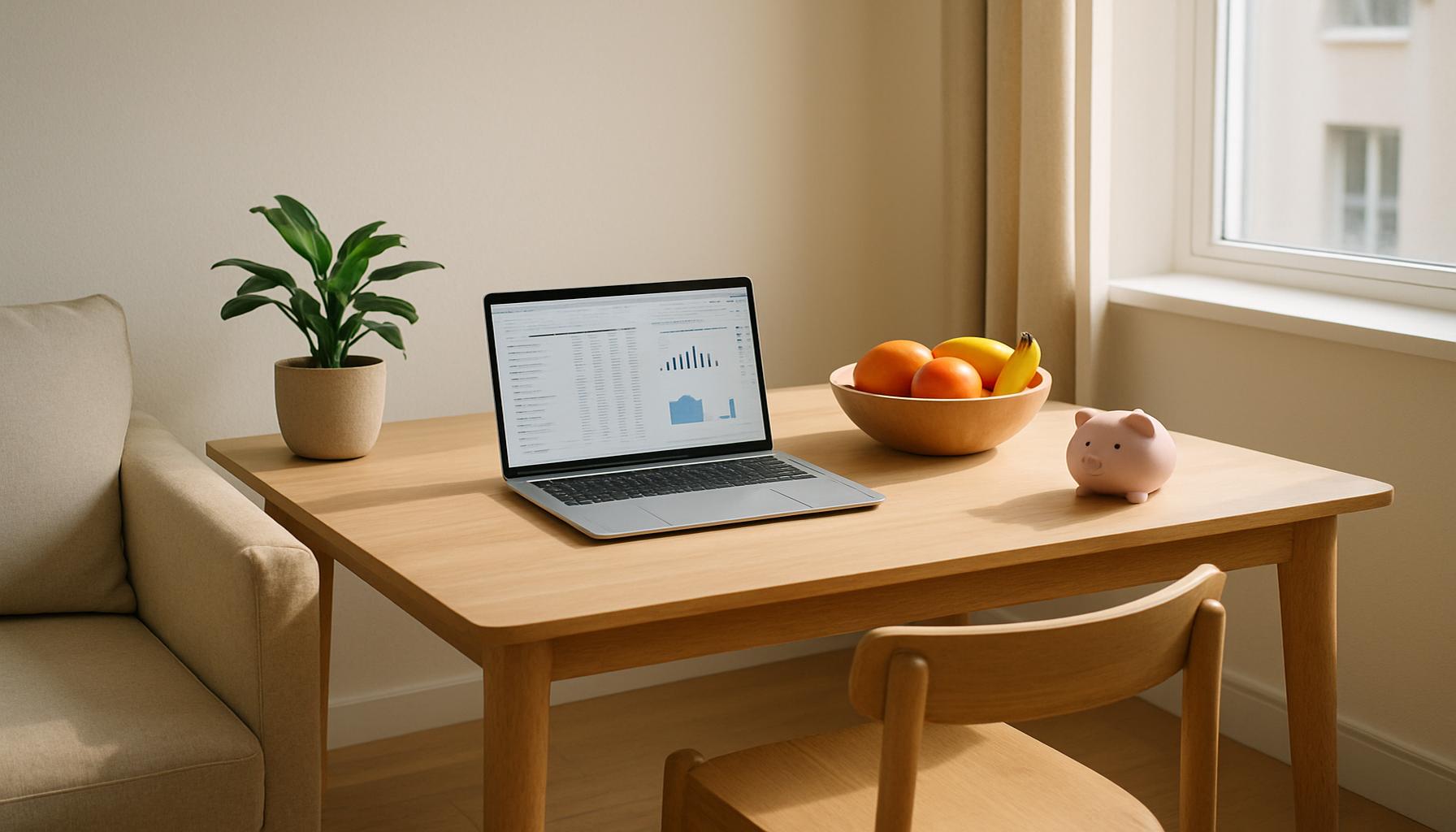Minimalism and Sustainability: How to Reduce Consumption to Increase Personal Efficiency

Understanding Minimalism and Its Impact
In an era dominated by consumerism, the concept of minimalism provides a refreshing alternative, allowing individuals to focus on what truly matters. By embracing minimalism, people can streamline their lives in multiple ways, fostering not only personal well-being but also contributing to an environmentally conscious culture. For many, minimalism is a holistic approach; it extends beyond mere possessions, embracing the time and energy one allocates to various activities and commitments.
The Benefits of Adopting Minimalism
One of the primary benefits of minimalism is its ability to promote reduced waste. By consciously choosing to purchase only essential items, individuals can dramatically lessen the quantity of waste they generate. For instance, rather than buying single-use plastic products, minimalists often gravitate towards reusable items, such as stainless steel water bottles or cloth shopping bags. This shift results in a smaller environmental footprint and promotes sustainability.
Another advantage is the inherent financial savings accompanying a minimalist lifestyle. When individuals focus on purchasing only what they truly need, they often find themselves spending less on disposable items and impulse purchases. Over time, these small savings can accumulate significantly. For example, using a budgeting app to track expenses may reveal patterns in unnecessary spending on items that end up being discarded or unused. These insights can empower individuals to prioritize investments in quality goods that last longer.
Furthermore, embracing minimalism can lead to enhanced focus and productivity. A clutter-free environment minimizes distractions, allowing for concentrated work and clearer thinking. Studies have shown that people who maintain organized spaces report feeling less stressed and more motivated – a shift that can be especially beneficial in today’s fast-paced world. Take, for instance, professionals working from home; organizing their workspace not only boosts productivity but also enhances their overall mental health.
Aligning Daily Practices with Sustainable Living
In tandem with minimalism, adopting sustainable practices can enhance the overall impact of lifestyle changes. This involves being mindful of how daily actions affect the environment. Simple changes, like opting for public transportation or harnessing energy-efficient appliances, can contribute to a more sustainable livelihood. As awareness surrounding climate change escalates, finding ways to reduce personal consumption and increase sustainability has become a vital aspect of many Americans’ lives.

As we delve deeper into practical strategies for reducing consumption and maximizing sustainability, it’s essential to recognize that minimalism is not about deprivation. Instead, it celebrates the freedom that comes with letting go of excess and embracing a more intentional lifestyle. By prioritizing what truly matters, individuals can foster a sense of community, enhance their lives, and participate in a broader movement aiming to protect our planet for future generations.
DISCOVER MORE: Click here to learn about minimalism’s influence
Embracing a Minimalist Mindset
To effectively intertwine minimalism and sustainability, it’s crucial to establish a mindset rooted in intentionality. This means not just viewing minimalism as a tactic for decluttering, but as a lifestyle choice that influences daily decisions and overall habits. Embracing a minimalist mentality allows individuals to assess their priorities more clearly, recognizing which items and activities genuinely add value to their lives.
Strategies for Reducing Consumption
When it comes to integrating minimalism with sustainable living, there are several practical strategies that can significantly reduce consumption. By implementing these techniques, individuals can not only enhance their personal efficiency but also contribute positively to the environment.
- Declutter Regularly: Set aside time each month to reevaluate belongings. Items that no longer serve a purpose can be sold, donated, or recycled. This practice can prevent accumulation of unnecessary things, fostering an environment that encourages mindfulness and focus.
- Adopt the One-In, One-Out Rule: For every new item brought into the home, consider removing one. This prevents the buildup of excess and encourages individuals to think critically about their purchases.
- Choose Quality Over Quantity: Investing in durable, high-quality products may seem more expensive upfront, but over time, they often outlast cheaper alternatives. This choice reduces the frequency of replacements and, consequently, waste.
- Implement a Digital Detox: In today’s digital age, many find themselves overwhelmed by notifications and distractions. A minimalist approach to technology can involve unsubscribing from non-essential emails or apps, leading to a more focused and productive day.
- Prioritize Experiences Over Possessions: Shift the emphasis from acquiring physical objects to creating memories through experiences. Activities like travel, workshops, or community engagements can often bring greater joy than material goods.
Through these strategies, individuals not only reduce their consumption but also enhance their personal productivity. The focus shifts toward what truly enriches life, allowing for more time and energy devoted to meaningful pursuits. A commitment to minimalism paves the way for an intentional, sustainable lifestyle that resonates deeply in both personal and environmental contexts.
Minimalism in Daily Routines
Incorporating minimalism into daily routines is essential for fostering long-term sustainability. Simple adjustments can create a cascading effect, improving both personal efficiency and environmental impact. For instance, meal planning reduces food waste and streamlines grocery shopping. Ultimately, each small change contributes to an overarching goal: a minimalistic, sustainable lifestyle that values quality over quantity.
By continually evaluating and refining consumption habits, individuals align more closely with their values and aspirations, embodying a lifestyle that not only enhances personal efficiency but actively supports a sustainable future.
| Advantage | Explanation |
|---|---|
| Reduced Stress | Embracing minimalism helps in maintaining a clutter-free environment, which can significantly reduce anxiety and stress levels. |
| Increased Focus | Fewer distractions lead to heightened concentration on essential tasks, enhancing productivity and overall personal efficiency. |
| Financial Savings | Sustainability encourages buying less but better, leading to lower expenses and promoting long-term financial health. |
| Improved Sustainability | Engaging in minimalism directly contributes to environmental preservation by reducing waste and resource consumption. |
| Enhanced Creativity | A minimalist mindset encourages innovative thinking by removing the noise often created by excess and distractions. |
These key advantages of minimalism and sustainability correlate powerfully with increasing personal efficiency. When individuals prioritize what truly matters in their lives, be it physical possessions or daily activities, they foster a conducive environment that enhances their overall well-being and productivity. Engaging with these principles can lead to a more mindful lifestyle, where consumption is intentional and sustainable, thereby aligning personal goals with environmental consciousness.
DISCOVER MORE: Click here to enhance your productivity
Integrating Minimalism into Consumer Choices
To fully harness the benefits of minimalism and sustainability, it’s essential to analyze purchasing habits and consumer choices deeply. Understanding what guides these decisions can lead individuals to more mindful consumption and greater efficiency in their everyday lives.
Mindful Purchasing Decisions
Before acquiring new items, ask the fundamental question: “Do I really need this?” This moment of reflection can prevent impulsive buying decisions. Adopting a waiting period of 24 hours before making non-essential purchases can help individuals gauge how they truly feel about that potential acquisition. This practice promotes awareness of emotional triggers that often drive compulsive shopping, aligning purchases with genuine needs rather than fleeting desires.
Sustainable Brands and Products
When it comes to reducing consumption, consider the impact of supporting brands that prioritize sustainability. Research shows that a growing number of companies focus on creating products with environmentally friendly practices in mind. For instance, brands like Patagonia and Allbirds emphasize transparency, sustainability, and ethical manufacturing. By opting for products from these companies, consumers not only support responsible practices but also receive items that are often more durable and longer-lasting than fast fashion alternatives.
Second-Hand and Upcycling Options
An excellent way to contribute to sustainability is by exploring second-hand goods and upcycling. Thrift shops and online platforms, such as Poshmark or Depop, provide opportunities to find high-quality items that are often more affordable and unique than their brand-new counterparts. This practice reduces waste while satisfying the desire for newness and variety, effectively extending the lifecycle of products already in circulation.
Implementing a Capsule Wardrobe
For those looking to streamline their clothing choices, a capsule wardrobe can be a powerful model. By curating a collection of versatile, timeless pieces that mix and match easily, individuals can minimize their clothing footprint while maximizing creativity in styling. Research has indicated that the average person only wears 20% of their wardrobe regularly. A capsule approach promotes intentionality in clothing choices and redirects focus toward quality garments that last.
Community Involvement and Sharing Resources
Connecting with others in the journey of minimalism and sustainability can significantly enhance personal efficiency. Community-sharing programs, such as tool libraries or communal gardens, allow individuals to access and share resources without the need for individual ownership. This not only fosters relationships within the community but also diminishes the urge to consume excessively.
By critically examining consumer behaviors and shifting toward sustainable practices, individuals can take significant strides toward minimizing their environmental footprint. Each conscious decision to reduce consumption reinforces the interconnectedness between living minimally and achieving a sustainable lifestyle, ultimately paving the way for a more efficient, mindful existence. The power of minimalism lies not only in reducing clutter but also in redefining personal values and aligning choices with a more sustainable future.
DISCOVER MORE: Click here to uncover the art of simplicity
Conclusion: Embracing Minimalism for a Sustainable Future
In the intersection of minimalism and sustainability, individuals have the opportunity to reshape their lives for greater efficiency and environmental responsibility. By reflecting on our purchasing habits and choosing quality over quantity, we can cut through the clutter that often overwhelms both our physical spaces and mental well-being. The conscious decision to ask, “Do I really need this?” serves as a powerful catalyst for creating a more meaningful existence.
Moreover, aligning with sustainable brands and exploring second-hand options not only minimizes waste but also fosters a connection to a community-focused lifestyle. The paradigm of a capsule wardrobe and practices such as upcycling can transform our relationship with clothing and consumer goods, emphasizing durability and a reduced footprint. These changes create a ripple effect, inspiring others to consider their consumption patterns while also promoting social responsibility.
Ultimately, adopting a minimalist approach creates a pathway to efficiency that rewards us with clarity and purpose. By engaging with others and participating in resource-sharing initiatives, we begin to cultivate a supportive network that amplifies our collective impact. Each mindful choice contributes to a broader movement toward sustainability, reinforcing the symbiotic relationship between living minimally and preserving the planet.
As we look forward, the commitment to reduce consumption while enhancing personal efficiency becomes not just a personal journey, but a collective imperative. Embracing minimalism is more than a trend; it is a vital step toward a sustainable future, fostering a life that genuinely reflects our values and priorities.


